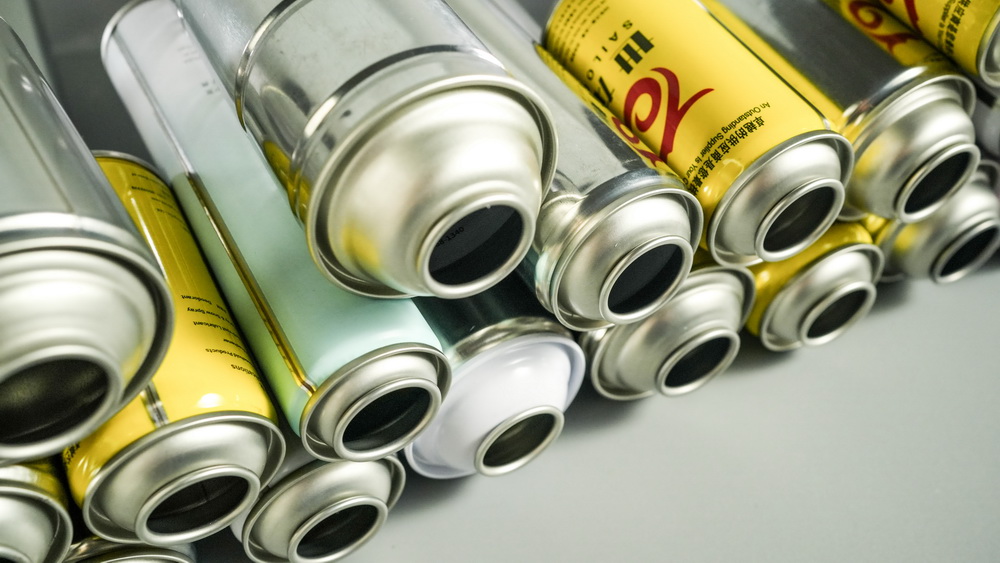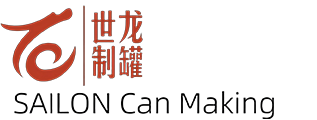The largest consumers of aluminum aerosol cans in Europe are Germany and the United Kingdom, each accounting for 25% of the total European consumption, followed by France at 20%. Since the late 1980s, aerosol products have gained significant popularity in China. The production of aluminum cans experienced substantial growth during this period, with numerous high-speed extrusion production lines—reflecting world-class late-1980s technological standards—being introduced in regions such as Zhongshan, Shantou, Shanghai, Yangzhou, and Nanjing. These facilities not only supplied the domestic market but also enabled exports to Hong Kong and Japan, among other international markets.

However, despite this rapid development, per capita consumption of aerosol products in China remains considerably lower than in other industrialized nations—amounting to less than one-twentieth of that in developed countries—indicating substantial untapped market potential.
According to industry statistics, approximately 20% of aerosol cans in China are made from aluminum. In 2005, the consumption of aluminum slug (the raw material used in manufacturing these cans) exceeded 40,000 metric tons. Historically, China relied entirely on imports from countries such as Germany and Canada to meet its aluminum slug demand, which constrained the growth of domestic aerosol can production and incurred significant foreign currency expenditure.
In response, Fuzhou University initiated a research and development project aimed at mastering the production of this high-tech material. By June 1991, the university successfully developed a domestically produced aluminum slug that met international standards. This achievement marked a critical milestone, ending China’s complete dependence on imported raw materials and supporting the expansion of the local aerosol can industry.
To further enhance competitiveness, efforts were directed toward reducing production costs, conserving material resources, and decreasing the weight of the cans by thinning their walls. Through systematic and in-depth research, a new generation of high-performance aluminum slug was successfully developed, paving the way for more sustainable and cost-effective manufacturing.
Globally, the aerosol can market continues to evolve, with aluminum being the material of choice due to its recyclability, lightweight properties, and ability to maintain pressure integrity. China’s advancements in domestic production capabilities not only reduce reliance on imports but also position the country to capitalize on growing demand in sectors such as personal care, household products, pharmaceuticals, and industrial applications.
With rising disposable incomes, urbanization, and increasing consumer awareness of convenience-oriented products, the demand for aerosol-based packaging is expected to grow significantly. Moreover, as manufacturers continue to innovate in material science and production processes, aluminum aerosol cans are likely to become even lighter, more economical, and environmentally sustainable.
In summary, China’s aluminum aerosol can industry has made remarkable strides in technology and production capacity. While challenges remain in fully realizing the domestic market’s potential, the achievements in import substitution and material innovation lay a solid foundation for future growth. The continued collaboration between academic institutions and industry players will be essential in driving further advancements and strengthening China’s position in the global market.


